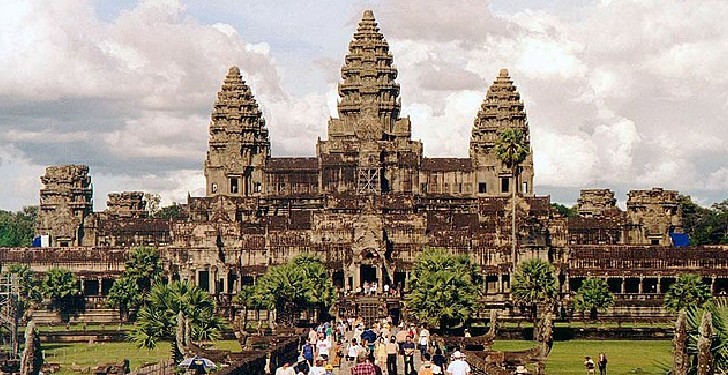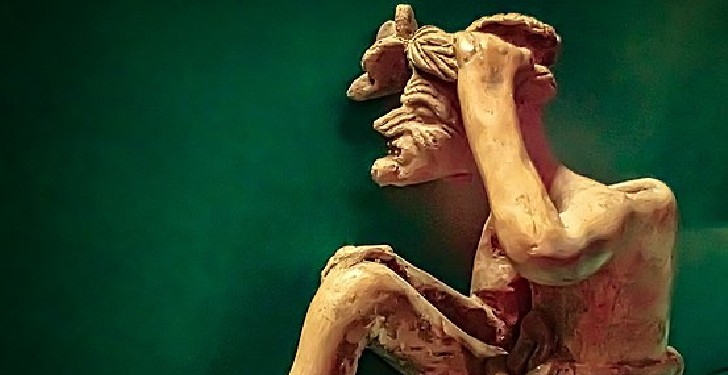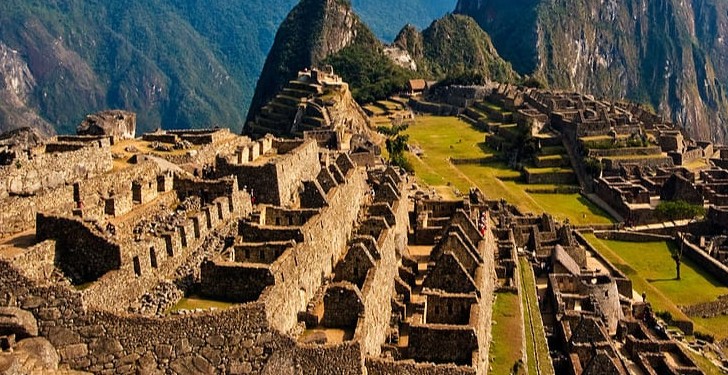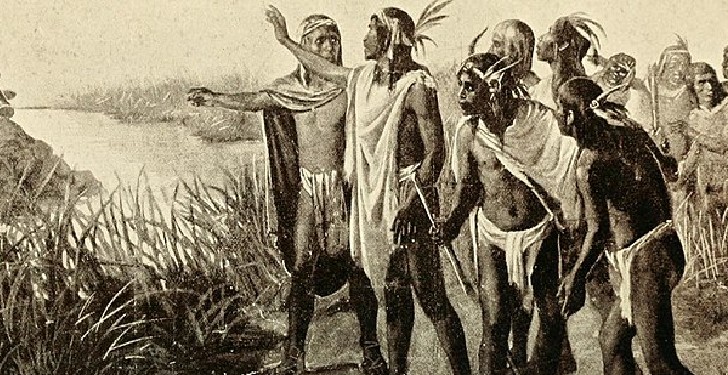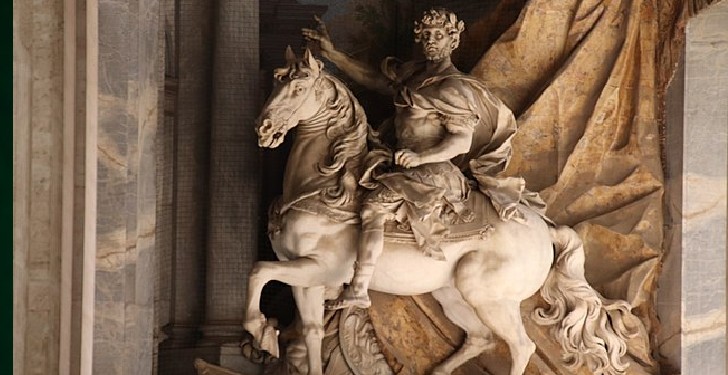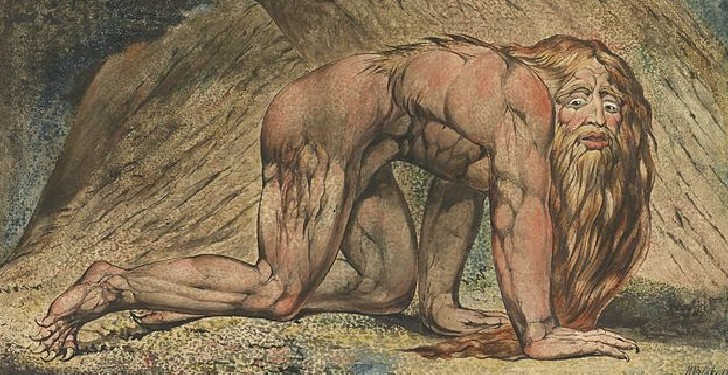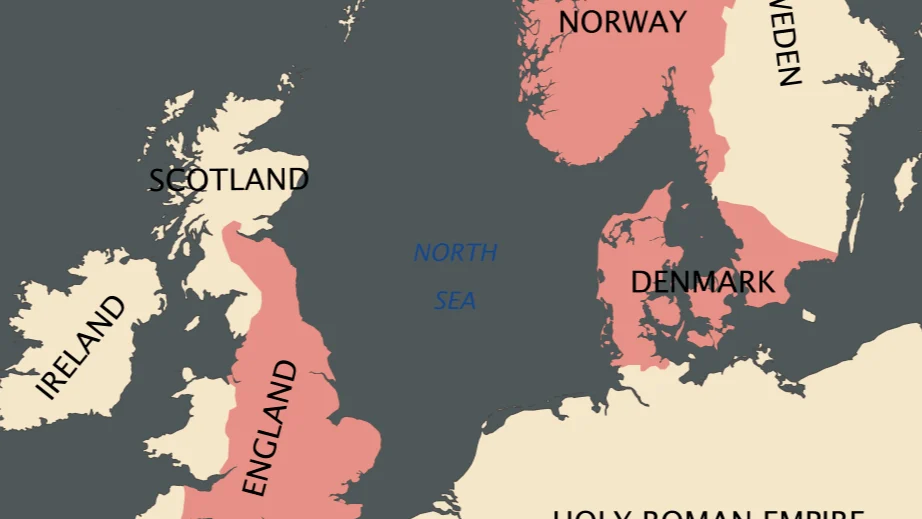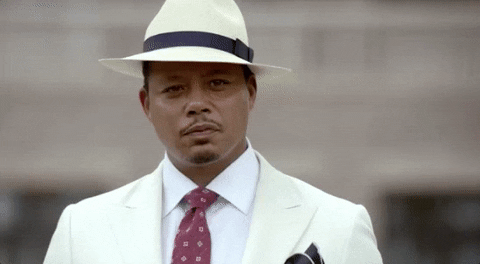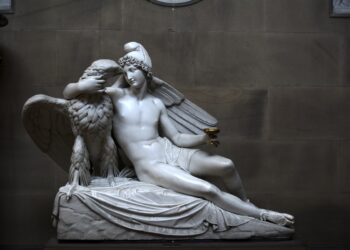All paths converge in Rome. The British Empire never experiences sunset. Do you know which historical global empires ranked highest? This World Empires Quiz will test your historical acumen.
In this final Chinese dynasty, men had to wear ponytails. When the Chinese finally defeated the Mongols, what empire was founded?
Qing Dynasty
More over 35% of the world’s population lived during the Qing Dynasty, which in 1851 ruled over 10% of the planet’s landmass. The establishment of the Qing Dynasty, which brought about the last and longest reigning emperor in Chinese history, followed the defeat of the Mongols. Throughout this dynasty, the men were required to shave the front of their heads and pull the remainder of their hair back into a ponytail.
Mansa Musa, the emperor who founded this empire, is thought by some to have been the richest person in history. Visit this former empire that ruled over West Africa in Timbuktu?
Mali Empire
Mansa Musa, the Jeff Bezos of his time, governed the Mali Empire, which was based on the capital of Timbuktu (yeah, that’s a real city). With an entourage of up to 60,000 people and camels loaded down with gold, the monarch of the fourteenth century undertook an opulent journey to Mecca. However, it wasn’t just a relaxing ride; it was a business excursion. To modernize his realm, he sent scholars, authors, creatives, and teachers back.
This dynasty built Angkor Wat and covered its temples with Sanskrit to document its politics and religion. What empire ruled Southeast Asia in the past?
Khmer Empire
The most spectacular temple in Cambodia and one of many that are remains of the Khmer culture is Angkor Wat. The Khmer Empire, which had its capital at Angkor, ruled over Thailand, Laos, and Vietnam for 600 years. In the fifteenth century, assaults from neighboring nations put an end to it.
Yuan Dynasty
The Yuan Dynasty at its height occupied more than 9% of the Earth’s territory (5.41 million square miles) and 17% of its populace (60 million in 1291). The first Chinese dynasty that was not founded by a native Chinese king was formed by Kublai Khan, the grandson of Genghis Khan. Under Khan’s leadership, Marco Polo arrived and paper money became widely used.
Which empire, which means “rightly guided,” started after Muhammad’s passing and ruled over an area of more than three million square miles?
Rashidun Caliphate
After Mohammad passed away in 632 AD, this Caliphate—which was governed by religion—took his place as the supreme ruler. The Rashidun Caliphate, whose name means “rightly directed,” ruled over more than 3 million square miles, or 6% of the earth’s landmass, at its height, and granted religious freedom to its people.
This imperial giant, one of the largest empires in history, is claimed to have been formed by twins who were raised by a she-wolf. What is the Western world’s standard?
Roman Empire
Rome’s twin founders are named Romulus and Remus. Legend has it that a she-wolf reared the two, and Romulus subsequently killed his brother to take control of the kingdom and give his name to one of the greatest empires the world has ever seen. The empire lasted for almost a thousand years. Rome is the destination of choice since it wasn’t created overnight.
“The sun never sets” on this biggest empire in history. What is this East India Trading Company
British Empire
It is understandable that the British Empire never came to an end given that it covered over a quarter of the planet’s landmass (13.01 million square miles) and was home to 20% of the world’s population (458 million in 1938). However, all empires fall, and the British Empire did so spectacularly as a result of two world wars.
The inventors of chocolate were a ruthless group who delighted in mass human sacrifice. What dynasty dominated central Mexico?
Aztec Empire
Let the blood flow. According to historians, some 20,000 people were sacrificed every year in horrible ways that we won’t discuss here. Four times that amount was presented to the gods on significant occasions (such as the dedication of temples). On a brighter side, chocolate was also created by the Aztecs. So, there you go.
Which empire’s stone buildings are so tightly interlocked that a credit card would not fit through the gaps?
Inca Empire
The Inca Empire, which stretched from the Pacific Coast to the high Andes, developed excellent farming methods, constructed irrigation channels and canals, and put stones so precisely together that their buildings were earthquake-resistant. The Incas held reincarnation and the belief that they were descendants of the sun deity Inti.
This empire oversaw North Africa for a while and put an end to the Byzantine Empire. You can meet the sultan at the Topkapi Palace.
Ottoman Empire
The Ottoman Empire prospered in the 15 and sixteenth centuries after crushing the Byzantine Empire. The Sultan stayed at Topkapi Palace with his harem, but every night he would change chambers out of fear of being killed.
What empire established a number of trade routes, spread its language throughout the globe, overthrew the Inca and Aztec Empires, and ruled the world during the 17th and 18th centuries?
First French Colonial Empire
Spanish Empire
The Spanish Empire ruled the world for centuries, starting with Columbus in the New World and finishing in Africa centuries later. At its height, the Spanish Empire controlled 13.2% of the world’s area (7.72 million square miles), and it also controlled almost the same percentage of the world’s people.
This empire was destroyed by the Black Death, yet it had once been the biggest continuous empire the world had ever known. This was made possible by military strategies such as mounting dummies on horses to make their army appear more powerful than they actually are.
Mongol Empire
The Mongols were skilled warriors. The empire under Genghis Khan became the greatest contiguous empire in history, encompassing 16% of the planet’s area (9.15 million square miles) and a quarter of its population. Genghis Khan led the way in this expansion (110 million people). His military strategies, such as enlisting warriors to lead multiple horses topped with dummies into battle while fastening sticks to the horses’ tails to create dust clouds, helped him achieve success. Sadly, the Black Death of the 14th century was unstoppable by the Mongols.
This empire was brought to its knees by the development of the cannon. What survived the Roman Empire before it was conquered by the Ottomans?
Byzantine Empire
cannons, the towering walls of Constantinople held off the Persians, Arabs, Goths, and Russians. The Ottoman Turks attacked the capital in the middle of the 15th century, breaking the walls following a several-week artillery siege. After ruling for more than a thousand years, the Byzantine Empire ended.
What dynasty’s god was Charlemagne, a member of a Frankish noble family and sometimes referred to as “the lighthouse of Europe”?
Carolingian Dynasty
One thing connects Charlemagne the deity and Charlemagne the king: a bad reputation. In the eighth century AD, Charlemagne established himself as the ruler of medieval Europe and seized control of much of western Europe. When his grandsons struggled to retain power, the empire broke up into France and Germany in the ninth century.
Which empire, ruled by Alexander the Great, extended from India to Greece and briefly held the title of the most powerful nation on earth?
Macedonian Empire
The 11-year military campaign of Alexander the Great resulted in the fall of the world’s mightiest empire. Alexander’s expansion of Macedonia from India to Greece caused the Persian Empire to fall. But when the great empire’s uniting figure in Babylon passed away at the ripe old age of 32, so did he.
What empire, under Nebuchadnezzar’s rule, is claimed to have possessed the legendary Hanging Gardens?
Babylonian Empire
The 11-year military campaign of Alexander the Great resulted in the fall of the world’s mightiest empire. Alexander’s expansion of Macedonia from India to Greece caused the Persian Empire to fall. But when the great empire’s uniting figure in Babylon passed away at the ripe old age of 32, so did he.
This Babylonian conqueror was the first empire to establish a charter for human rights. Identify the empire that Alexander the Great destroyed.
Persian Empire
The first human rights document was the “Cyrus Cylinder” from 539 BC. The Akkadian writings of the Persians concerning racial, linguistic, and religious equality were baked into clay. The empire left behind structures including a postal system and a road system.
It is understandable why this was the last absolute monarchy in Europe when the rulers were referred to as “the terrible” and “the great.” Which 200-year-old tsarist empire is that?
Polish–Lithuanian Commonwealth
Russian Empire
The Romanov family’s execution in the 20th century marked the end of the Russian Empire, which was the last absolute monarchy in Europe. With a land area of 9.15 million square miles and a population of 9% of the world, it was also one of Europe’s “five great powers” (176.4 million people). Just two of the tsars who ruled include Peter the Great and Ivan the Terrible, with Peter extending the Russian Empire and igniting a cultural revolution and Ivan using brutality and cruelty to exercise his authority.
Which empire did the Viking ruler Cnut the Great united Denmark, Norway, and England under?
North Sea Empire
Under Cnut, who historians refer to as “the most imposing monarch in Latin Christendom,” Norway, Denmark, and England united. His empire would merely barely outlive him, since the three kingdoms would once more break apart after his passing.
Once upon a time, this kingdom controlled half of the “New World.” What European empire had the longest lifespan and was the first to go global?
Portuguese Empire
The longest-lasting empire in Europe, the Portuguese Empire became the first global empire by colonizing overseas territories. It began with the 1415 seizure of Ceuta, saw its height with its 1500 colonization of Brazil, and ended with its relinquishing power over Macau in 1999.
Oh no! You failed our quiz.
Well done. You have some knowledge of world empires.
Congratulations! You are well-versed in world empires.
[giveaway id=12098]


